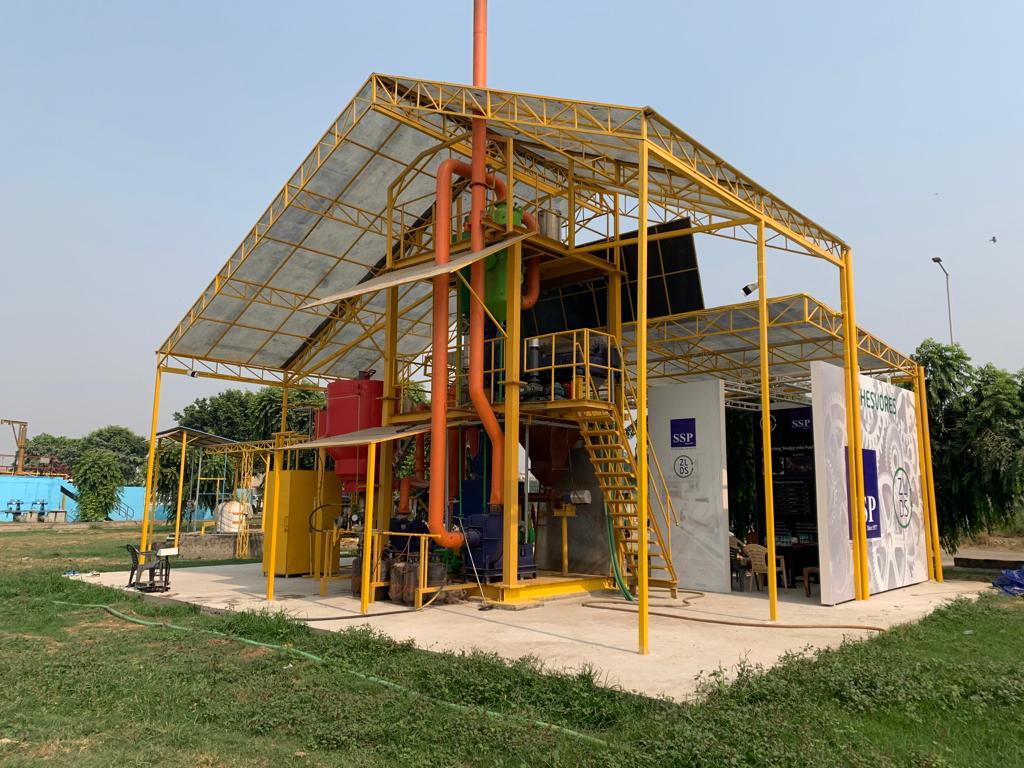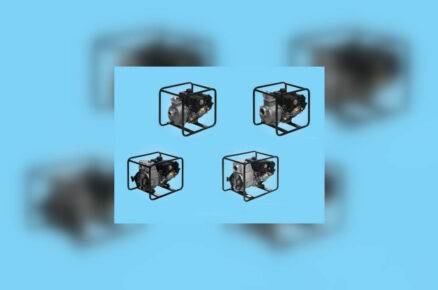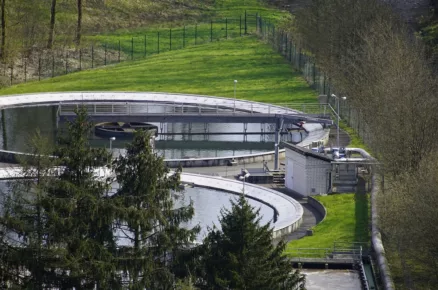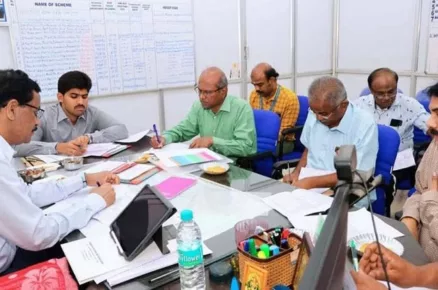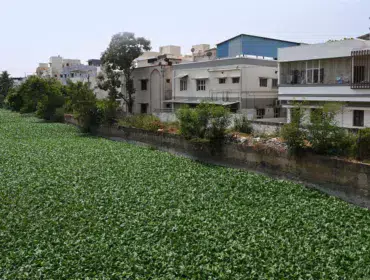The Delhi government is constructing a massive ‘Sludge Treatment Plant’ at its Kondli based Sewage Treatment Plant (STP) with a capacity to treat 200 tonnes of sludge per day. The new sludge treatment plant will be established within the premises of the existing Kondli facility. Water Minister and Chairman, DJB, Satyendar Jain said that DJB is producing 700-800 tonnes of sludge from STPs on a daily basis, which will be treated using modern technology and converted to a resource.
The new sludge treatment plant is based on the technology of Hot Air Oxidation in which sludge is dried using hot air and converted to biochar. After the onset of this project, only 5% residue will be left. The residue will be further used in making tiles and conditioning the soil. This is the first hybrid annuity model (HAM) project of DJB where 40% investment will be incurred by the technology provider. This project will have a 15 years operation and maintenance (O&M) period, which implies that the maintenance will be taken care of by the concerned agency for 15 years.
The technology will be employed to do away with the environmental and health-related challenges and improve the well-being of local residents and other living beings. In the new Sludge Treatment Plant, sludge generated from the Sewage Treatment Plants will be put into bio-gestors to produce biogas which will be further converted into electricity. A huge amount of sludge is leftover in the process.
This sludge is termed as ‘Digested Sludge’ that becomes difficult to dispose of and it produces a foul smell when handled in a conventional way. But under the new technology, this digested sludge will be converted into biochar. The Sludge Treatment Plant in Kondli will be completed by 31st March 2022. Once proved to be successful, this model will be implemented to all the 36 STPs of Delhi, which will not only help to handle large quantities of sludge but will also relieve the residents from the foul smell and hygiene issues caused by the same.
Source: PIB
Photo courtesy: DJB




